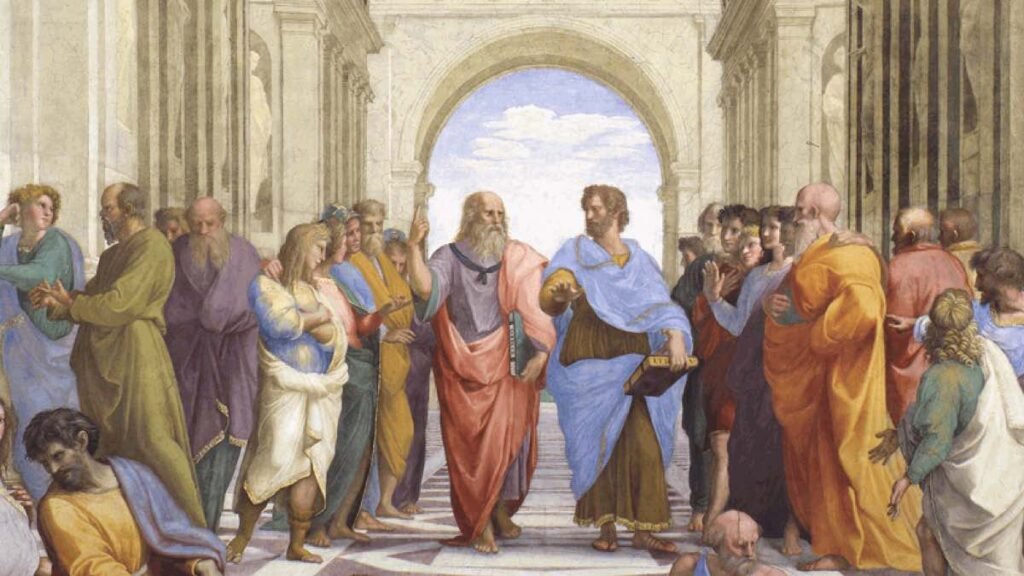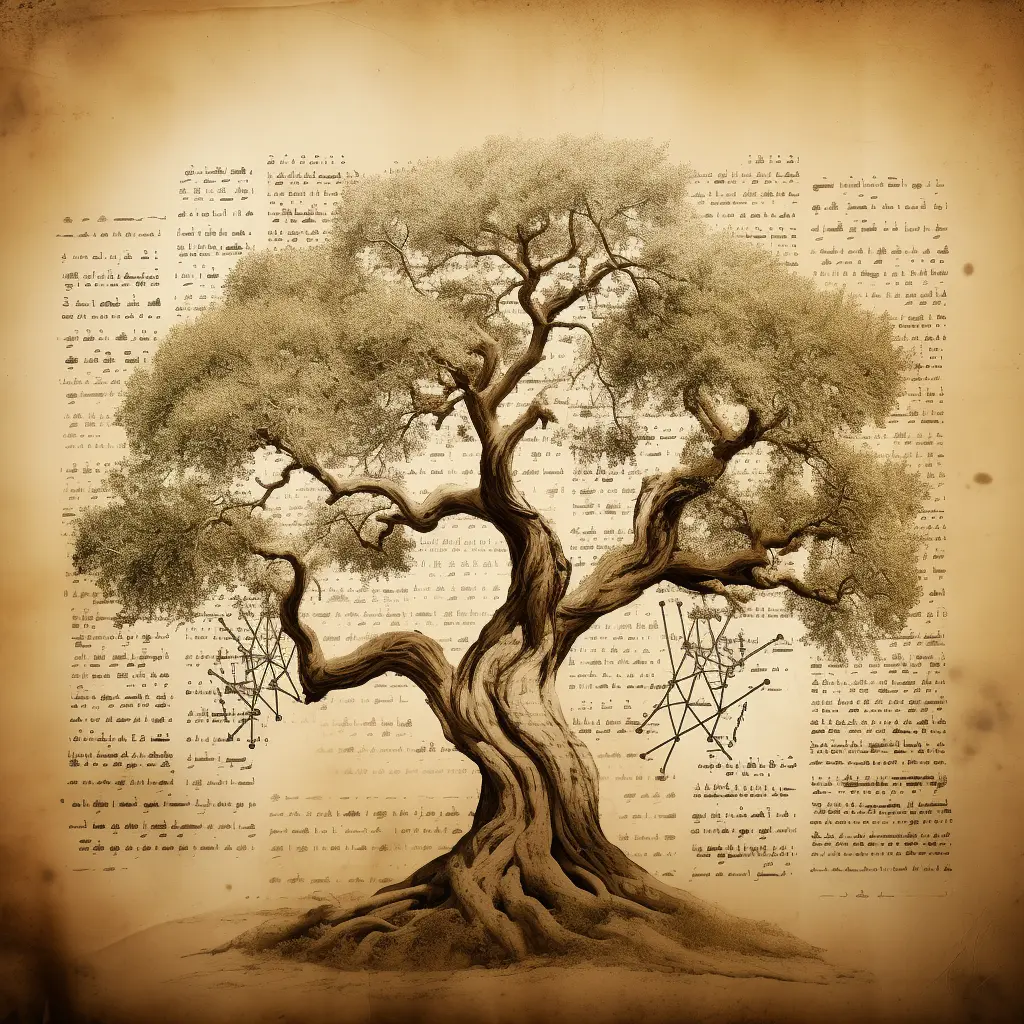
Explanation of the topic
During the Renaissance, a cultural blossoming occurred from the 14th through roughly the 17th century, with a surge of interest in classical learning and values. Art became a prominent aspect of society and was utilized to depict contemporary life and individuals. Artists discovered that mathematical principles could aid in achieving reduced distortion and greater realism in their artworks, essentially harmonizing artistry and geometry. The advocates of this period were motivated by the perspective that utilizing mathematical formulas led to a more accurate representation of space and form, greatly enhancing the realistic visual effect. Infusing art with mathematics, therefore, revolutionized the visual interpretation of the world.
Historical context of the Renaissance Period
brief overview of the time period
The Renaissance Period, spanning the 14th and 17th centuries, marked a significant era of cultural rebirth and intellectual revival in Europe. Stemming from the cradle of Italy, it thrived on the rediscovery of knowledge from ancient civilizations like Greece and Rome. The era propelled a radical shift in perspectives towards art, literature, science, and philosophy, striding away from medieval norms. This epoch was immortalised through the lens of legendary polymaths like Leonardo da Vinci and Michelangelo, whose quest to mirror physical reality ignited the use of mathematical principles in art. Their oeuvre played a vital role in catalysing this scientific approach to artistic expression.
role of mathematics in Renaissance society
During the Renaissance, a resurgence in learning and culture, mathematics held a prominent role. With the revival of ancient Greek philosophy, Renaissance intellectuals began to see math as a bridge between the material and spiritual worlds. It was deemed an essential tool for understanding God’s creation in its perfect order. This perception extended to the realms of architecture, music, and, notably, the visual arts, giving rise to an exceptional fusion of mathematical principles with artistic creativity. The application of math, especially geometry and proportion, gave artists a precise medium to replicate reality, leading to a new wave of realism in artworks.
The Connection of Art and Mathematics in Renaissance
Understanding Geometry and Proportions
Artists embraced geometry and proportions to achieve a harmony between naturalist representation and idealized beauty. The application of principles such as the divine ratio (golden mean) and linear perspective introduced three-dimensionality, contributing to realistic representations in their works. Hence, mathematics served as an indispensable tool in their artistic endeavors.
Perspective and the ‘Secret Formula’
Artists during the Renaissance discovered and utilized mathematical concepts to bring a new degree of realism to their work. Most notably, they used the principles of linear perspective, which involved a’secret formula’. This technique required a deep understanding of mathematics, specifically geometry, to portray depth and distance accurately in two-dimensional artwork. The formula relied on vanishing points and horizon lines to convey spatial relationships, providing a sense of three-dimensionality. This innovative application of mathematical formulas not only revolutionized artistic representation but also reflected the period’s broader fusion of art and science. Hence, mathematics became an indispensable tool in an artist’s kit.
Case study: Da Vinci’s ‘Vitruvian Man’
Leonardo da Vinci‘s masterpiece ‘Vitruvian Man’ brilliantly demonstrates the marriage of art and mathematics during the Renaissance. Imbued in da Vinci’s work is a deep enthusiasm for the ‘Divine Proportion’, known mathematically as the Golden Ratio. This mathematical equation was paramount, guiding Renaissance artists to create aesthetically pleasing, balanced, and harmonious works. In the case of the ‘Vitruvian Man’, da Vinci depicted a man within a circle and square, both central figures in Euclidean geometry.
The purpose was to demonstrate how the human body, when positioned correctly, could be perfectly inscribed in these two shapes, hence embodying the universality of the geometric laws. The precision and accuracy required for such a task would not have been possible without the use of mathematical principles. Therefore, da Vinci’s work is a testament to the reliance of Renaissance artists on mathematical formulas to achieve artistic perfection.
Notable Artists who used Mathematical Formulas
Leonardo Da Vinci and his mathematical approach
Intrinsically tied to the concept of humanism that flourished during the Renaissance was the artistic genius Leonardo Da Vinci. Often lauded as one of the greatest minds to stem from this age of enlightenment, his wide array of works exhibited a profound comprehension and application of mathematics. Indeed, Da Vinci’s illustrious ‘Last Supper’ and ‘Vitruvian Man’ are vivid demonstrations of his use of geometry and proportions. Particularly, the ‘Vitruvian Man’ encapsulates the balance in human proportions as described by the ancient Roman architect Vitruvius.
Similarly, his use of linear perspective in ‘The Last Supper’ creates a 3D effect, an illusion crafted from mathematical measurements for depth and spatial awareness. Thus, Leonardo’s meticulous use of these mathematical principles was critical to accomplishing the desired naturalism and realism in his works, leading him to play a pivotal role in shaping the aesthetics of the Renaissance period.
Piero della Francesca’s use of geometry
Within the cadre of notable artists, Piero della Francesca holds a unique place due to his comprehensive use of geometrical principles in architectural and figure composition. A path-breaker in geometrically accurate perspective rendering, Piero was fond of constructing his scenes using the nuanced principles of Euclidean geometry. Piero’s deep insight into the visual benefits of geometry was due to his appreciation for mathematics and its potential for illustrating the perfection of the divine plan underlying the visible world.
This can be observed in his iconic work, “The Flagellation of Christ,” where the architectural elements of the painting exhibit flawless perspective rendered through mathematical formulae. Reflecting his ideation that symmetry could form a visual manifestation of divine harmony, Piero skillfully employed geometric transformations, such as reflection and rotation, within his compositions. Beyond being an artist, Piero was also a geometrician, producing significant mathematical works that had a profound influence on his artistic style.
Albrecht Durer’s mathematical methods
Albrecht Durer, a prominent figure of the Renaissance, meticulously integrated mathematics into his artworks to achieve ideal proportions and realism. Perplexed by the variance in artistic representation across individuals, Durer yearned for a universal standard. This led him to devise a system utilizing mathematical ratios to ensure precision in artistic composition. He introduced the concept of a’mesh’ grid whereby each cell mirrored a precise piece of the live model, establishing a more accurate portrayal in art. His notable work, “Four Books on Human Proportions,” deciphered these mathematical methods, aiding fellow artists to master perspectives and proportions.
Impacts of Mathematical Formulas on Renaissance Art
Increased realism and depth in artwork
During the Renaissance, artists aimed to capture the world around them with unparalleled accuracy, and mathematics provided the tools to achieve this. By employing geometry and perspective, they were able to create artworks with a sense of depth, enhancing the perception of three-dimensionality. The use of mathematical principles ensured a consistent and proportional representation, creating a more realistic depiction of subjects. Notably, the Golden Ratio, considered the ‘perfect proportion,’ was often used to achieve aesthetic balance. Mathematical formulas also guided artists in achieving the precise illusion of depth and distance, transforming the mode of artistic expression and rendering it more life-like.
The influence on later artistic movements
Utilizing mathematical formulas impacted not only the advancements during the Renaissance period but also served as a foundation for many later art movements. Classicism, which was heavily influenced by the balance and ratios found in Renaissance works, focused on similar principles of symmetry and proportion. This concept persisted into the 18th and 19th centuries, especially within Neoclassicism, where an ordered and measured approach to art was revered. Even movements such as Cubism in the early 20th century drew inspiration from the mathematical aspect of Renaissance art, though they took it in a radically different direction.
Instead of using math to create realistic, three-dimensional perspective, Cubist artists like Picasso used geometric forms and disrupted the conventional rules of perspective to present multiple viewpoints simultaneously. This was largely a commentary on the changing views of space and time in a rapidly advancing modern world. Therefore, while the application and interpretation of mathematical formulas have transformed over the years, their influence in shaping various artistic movements remains undeniable. The legacy of Renaissance art proves that the blending of science and art can spawn new techniques and perspectives that endure for centuries.
Conclusion
recap of the blog’s main points
In wrapping up, it’s essential to recall the cornerstone thesis of our discussion: the critical role mathematical formulas played in shaping Renaissance art. Firstly, the use of concepts like ratios and geometry aided in generating realistic, three-dimensional portrayals, advancing the once flat, unrealistic medieval art forms. Secondly, it helped them create accurate anatomical depictions, giving birth to a new ‘naturalistic’ style. Lastly, it enabled artists to achieve balance, harmony, and aesthetic perfection in their art, adhering to the classical ideals that heavily influenced this period. Overall, through the use of mathematics, a watershed moment in the evolution of artistic expression was marked.
Final thoughts and reflections
In sum, Renaissance artists’ reliance on mathematical principles was instrumental in achieving greater realism and three-dimensionality in their works. These formulas highlighted perspective, proportion, and harmony, bringing their masterpieces to life. The union of art and mathematics during this period forever transformed the aesthetics of visual representation, laying the groundwork for contemporary art. Their audacious innovation not only challenged the prevailing norms but also enriched our humanistic understanding of the physical world. Therefore, revisiting the artistry of the Renaissance underscores the significance of interdisciplinarity in fostering creative expression and intellectual growth.



